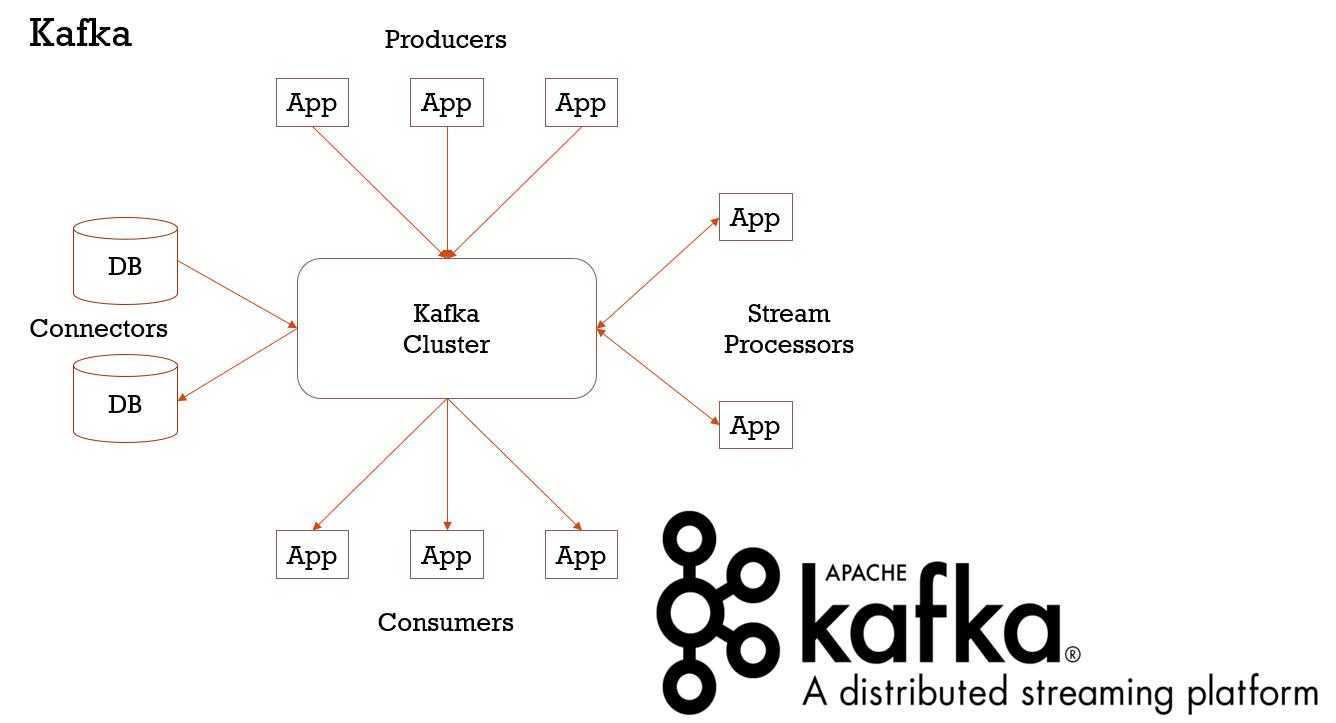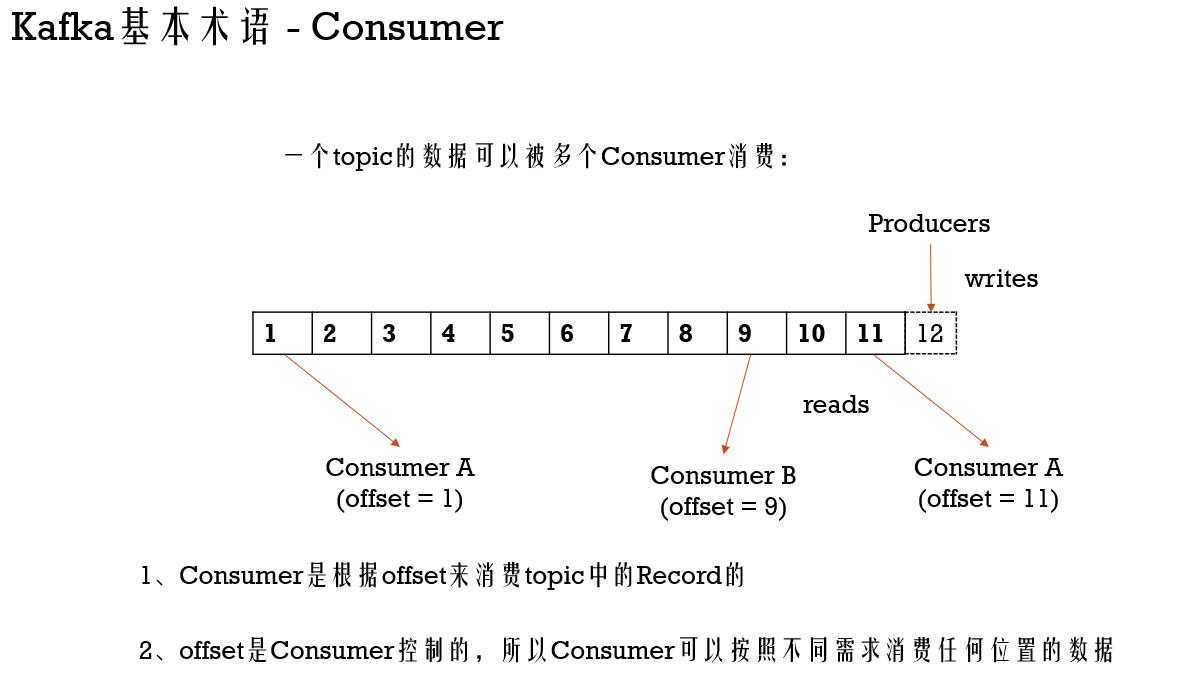标签:serve mon 存在 pre 核心 不同 size 消费 tostring






import org.apache.kafka.clients.consumer.ConsumerRecord;
import org.apache.kafka.clients.consumer.ConsumerRecords;
import org.apache.kafka.clients.consumer.KafkaConsumer;
import java.util.Arrays;
import java.util.Properties;
/**
* Created by tangweiqun on 2017/12/23.
*/
public class SimpleComsumerGroup1 {
public static void main(String[] args) {
Properties props = new Properties();
props.put("bootstrap.servers", "master:9092");
props.put("group.id", "group1");
props.put("key.deserializer", "org.apache.kafka.common.serialization.StringDeserializer");
props.put("value.deserializer", "org.apache.kafka.common.serialization.StringDeserializer");
KafkaConsumer<String, String> consumer = new KafkaConsumer<String, String>(props);
consumer.subscribe(Arrays.asList("test-group"));
while (true) {
ConsumerRecords<String, String> records = consumer.poll(100);
for (ConsumerRecord<String, String> record : records) {
System.out.printf("offset = %d, key = %s, value = %s, topic = %s, partition = %d",
record.offset(), record.key(), record.value(), record.topic(), record.partition());
System.out.println();
}
}
}
}
import org.apache.kafka.clients.consumer.ConsumerRecord;
import org.apache.kafka.clients.consumer.ConsumerRecords;
import org.apache.kafka.clients.consumer.KafkaConsumer;
import java.util.Arrays;
import java.util.Properties;
/**
* Created by tangweiqun on 2017/12/23.
*/
public class SimpleComsumerGroup2 {
public static void main(String[] args) {
Properties props = new Properties();
props.put("bootstrap.servers", "master:9092");
props.put("group.id", "group2");
props.put("key.deserializer", "org.apache.kafka.common.serialization.StringDeserializer");
props.put("value.deserializer", "org.apache.kafka.common.serialization.StringDeserializer");
KafkaConsumer<String, String> consumer = new KafkaConsumer<String, String>(props);
consumer.subscribe(Arrays.asList("test-group"));
while (true) {
ConsumerRecords<String, String> records = consumer.poll(100);
for (ConsumerRecord<String, String> record : records) {
System.out.printf("offset = %d, key = %s, value = %s, topic = %s, partition = %d",
record.offset(), record.key(), record.value(), record.topic(), record.partition());
System.out.println();
}
}
}
}
import org.apache.kafka.clients.producer.KafkaProducer;
import org.apache.kafka.clients.producer.Producer;
import org.apache.kafka.clients.producer.ProducerRecord;
import java.util.Properties;
public class SimpleProducer {
public static void main(String[] args) {
Properties props = new Properties();
props.put("bootstrap.servers", "master:9092");
props.put("key.serializer", "org.apache.kafka.common.serialization.StringSerializer");
props.put("value.serializer", "org.apache.kafka.common.serialization.StringSerializer");
props.put("batch.size", "10");
Producer<String, String> producer = new KafkaProducer<>(props);
for (int i = 0; i < 100; i++) {
producer.send(new ProducerRecord<String, String>("test-group",
Integer.toString(i), Integer.toString(i)));
}
producer.close();
}
}
标签:serve mon 存在 pre 核心 不同 size 消费 tostring
原文地址:https://www.cnblogs.com/tesla-turing/p/11488638.html